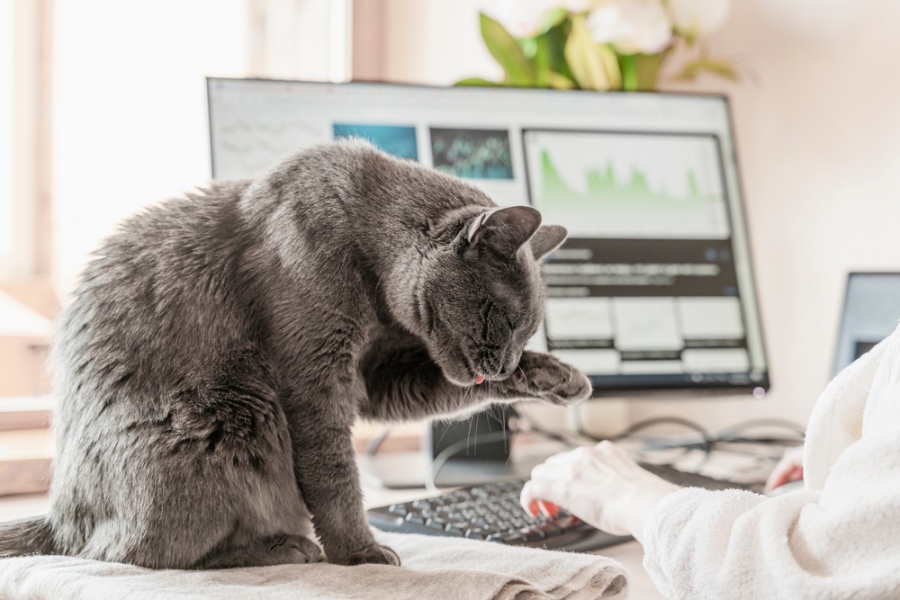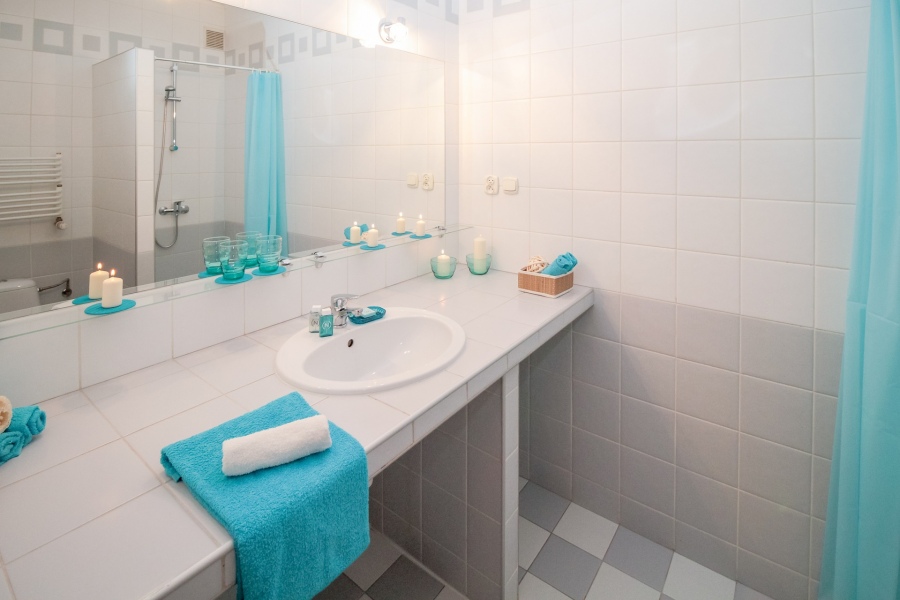Die cutting is extremely popular in the world of paper crafting, and it’s no surprise really. When you first have a go at die cutting and then quickly realise there are so many beautiful and interesting shapes you can create from the most run of the mill materials, the addiction begins and you start reading articles like this!
Whatever you create when die cutting and however you create it, from Birthday cards, to colourful styles, whether you sell the results or do it for fun, whether you have just started out or you’ve become quite the die cutting pro, it is a really great technique that can be used in a wide range of craft projects.
Naturally, there are a huge range of techniques you can learn, but one of the simplest and easiest ways to change your results is to use different materials.
Paper
Probably the most population option when it comes to die cutting, paper comes in many different colours and textures and is a cheap addition to your art and craft supplies. The easiest option on every die cutting machine is for layering the plates of paper, which makes it an ideal material for beginners because it’s easy and cheap to use. Card stock is a great paper to advance to when you have played around with thinner types, as it’s matte and heavy quality produces really high quality work. For intricate designs, it’s certainly worth investing in the best quality cardstock. For those looking for more wild and wonderful effects, patterned paper is a really great choice as it offers really complex combination options.
Vellum
Vellum is a paper product which has similar properties to cardstock but is translucent and feels and looks a bit like animal skin. It is fabulous for projects where the results need to be more elegant and refined – wedding invitations and modern cards work really well with this material.
Foil (Paper)
Foil is particularly fashionable at the moment when it comes to the world of paper crafting (yes, crafting has trends to!). It isn’t a hot new material, but it is much easier to get now due to demand. It works really well with detailed projects, but can be tricky to keep in tact when die cutting and applying as it is easy to scratch and any glue on it stands out really badly.
Cardboard
Cardboard can be die cut using a steel rule die and adds a fabulous element of texture to a project. Just be sure to read the instructions on your die cutter to check it recommends cutting cardboard first.
Glittery Paper
Although it can be really messy to add glitter to die cuts, many of us persevere in order to get this effect on our projects. The thing is, there’s no need to sacrifice your time cleaning up, just use glitter paper! It really does save a lot of time and effort whilst creating the same, gorgeous glittery effect.
Fabrics
Denim, silk, cotton – these fabrics make the most gorgeous projects! The thin ones are the easiest to cut, with the heavier fabrics requiring a steel rule die. They look wonderful for projects where texture makes the finished product stand out.
Felt
Felt is easy to cut with a manual machine and is a very strong material, so won’t rip or tear easily. Works well when you want depth and a lovely fuzzy tactile quality with your project.
Vinyl
Vinyl comes in so many styles and colours so it’s a great choice for any project because the possibilities are endless. They work so well with manual machines and are particularly great for crafters who love making stickers!
Cork
Cork is hot right now in interior design, fashion and craft. It has such a gorgeous texture and look to is and instantly adds ‘eco-chic’ to any project. Ideal for bringing a natural look to your finished product.
Wood Veneer
Just like cork, the wood look is definitely in, as people seek a more hands on, raw, natural aesthetic. Particularly great for card making where you want the card to look finished and professional.
Always Follow The Manufacturer’s Instructions
Remember to never second guess the manufacturer’s instructions, otherwise you could end up damaging your machine and the materials you use.




